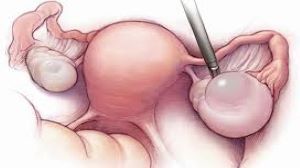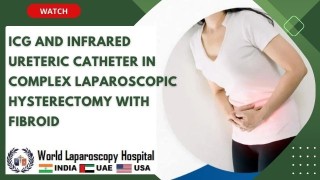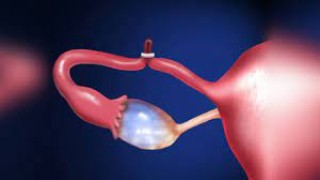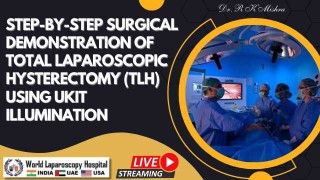Laparoscopic Surgery for Large Endometrioma
Add to
Share
252 views
Report
1 month ago
Description
Laparoscopic ovarian cystectomy remains the first-line choice for most gynecologists for the surgical treatment of endometriotic cysts. Laparoscopy for endometrioma is performed through an umbilical incision and two or three lower abdominal incisions. This video demonstrates laparoscopic surgery for a large right-sided endometrioma performed on an unmarried woman by Dr. R.K. Mishra at World Laparoscopy Hospital. Large or persistent ovarian cysts, or cysts that are causing symptoms, usually require surgical removal. Surgery is also commonly recommended if there are concerns that the cyst may be cancerous or may become cancerous. Laparoscopy is the most common procedure used to diagnose and remove mild to moderate endometriosis. Instead of using a large abdominal incision, the surgeon inserts a lighted viewing instrument called a laparoscope through a small incision. If the surgeon needs better access, he or she makes one or two more small incisions to insert other surgical instruments. You will be advised not to eat or drink for at least 8 hours before the laparoscopy. Laparoscopy is usually performed under general anesthesia, although you may remain awake if you receive local or spinal anesthetic. A gynecologist or surgeon performs the procedure. For a laparoscopy, the abdomen is inflated with gas (carbon dioxide or nitrous oxide). The gas, injected with a needle, pushes the abdominal wall away from the organs so the surgeon can see them clearly. The surgeon then inserts a laparoscope through a small incision and examines the internal organs. Additional incisions may be used to insert instruments to move internal organs and structures for better viewing. The procedure typically takes 30 to 45 minutes. If endometriosis or scar tissue needs to be removed, your surgeon will use one of a variety of techniques, including cutting and removing the tissue (excision) or destroying it with a laser beam or electric current (electrocautery). After the procedure, the surgeon closes the abdominal incisions with a few stitches. There is usually little or no scarring.
Similar Videos






